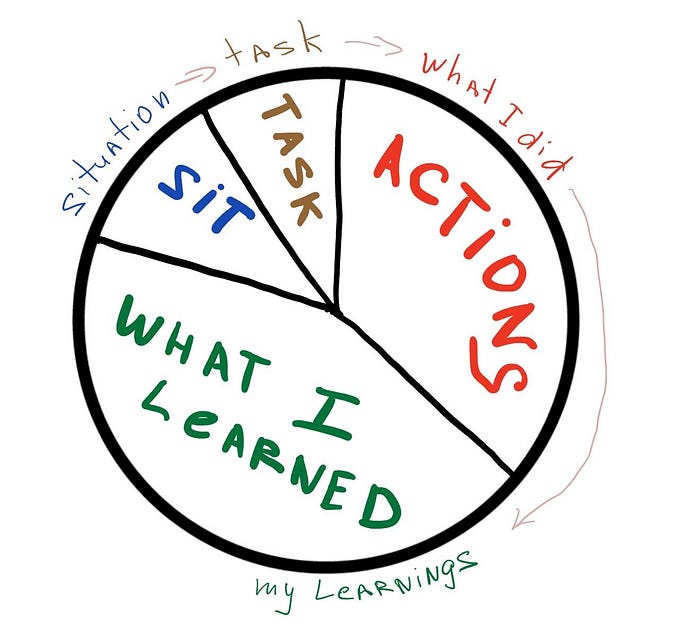
Now we know, so let’s do better
How to start thinking about accessibility for an improved user experience for all
This article is day 28 of a 31 day series. A mash-up of the Inktober 2022 prompt list and UX terminology. Read more about the challenge here.
Day 28 | Inktober prompt: Camping | UX Term: Accessible Design
Knowing is half the battle
I don’t know if it’s a quote or just a thing that people say, but it goes something like, “The more you know, the more you realize how much you don’t know.” I think maybe it was Einstein? Or some random person named Steve, maybe? Okay, it was Aristotle. Yes, I gave in and looked it up. But my point was that it’s not about the quote, it’s about this idea of feeling that there is so much left to learn. And there are two things in life, that also might maybe just happen to be the prompt and term for today, that I feel fall into this category for me. Can you guess what they are? Yes friends, camping and accessible design.
Now camping is one of those funny ones because everyone has a different definition. From how you sleep, to whether or not electricity is allowed. I won’t spend a lot of time on that here. I actually have a pet project I’m working on that is entirely focused on my version of camping that will be coming soon. Plus accessible design is so important, so I’d rather spend more of my time there today.
A few years ago, plus a decade, the University of New Mexico’s Associated Students for Empowerment hosted a disability awareness day. Their mission was to “unite the voices of people affected by disabilities through advocacy, education, and collaboration for positive change”.
As part of the event, they held visible and orthopedic disability simulations. For one that they cleverly called “The Blind Leading the Blind”, a participant was blind-folded as a blind person helped them to navigate around. For the other, that I don’t recall a clever name for, an able-bodied person would attempt to make it across campus in a wheelchair. It strove to illustrate the frustrations with navigating when access might require major detours or be completely unavailable.
While these activities strove to highlight accessibility in physical spaces, we have new challenges that arise as we attempt to design for digital spaces.
What is accessible design?
Accessible design, put very simply, attempts to address concerns associated with disability that falls into four primary categories of visual, auditory, motor, and cognitive. Within each of those there are instances that can be further refined into three categories, permanent, temporary, or situational. An example for each of these as they relate to designing for touch would be:
Permanent — a person with one arm
Temporary — a person with an arm injury and their arm in a sling
Situational — a new parent holding their child
To design for accessibility, the needs of people in each of these states must be specifically considered.
Why is it important to UX?
According to the CDC 1 in 4 US adults live with a disability.
According to Pew Research Center 97% of Americans now own a cellphone of some kind, and 85% own a smartphone.
I don’t like to make assumptions, you know, the whole “ass” thing, but from these figures alone one could assume that a portion of any user group would include specific needs having to do with accessibility.
How do you design for accessibility?
The best piece of advice I can share about accessibility is to shift your mindset to always be thinking about accessibility. If you have awareness, you can plan for it ahead of time, then you don’t have to go back and make changes to comply with requirements.
Here are a few resources I use that can help you get started:
- Web Accessibility in Mind Contrast Checker
- Web accessibility by Level Access Compliance Test
- Logo Lab Color Blindness & Scalability
- Readable Readability Score
Takeaway
I’d like to close out with this quote from the Web Accessibility In Mind site:
The web offers independence and freedom unavailable through any other medium. Websites that ignore accessibility unintentionally exclude a segment of the population that stands to gain the most from the internet. As you become aware of and implement accessibility, you can do your part to ensure the web can be accessed by a broader population.








